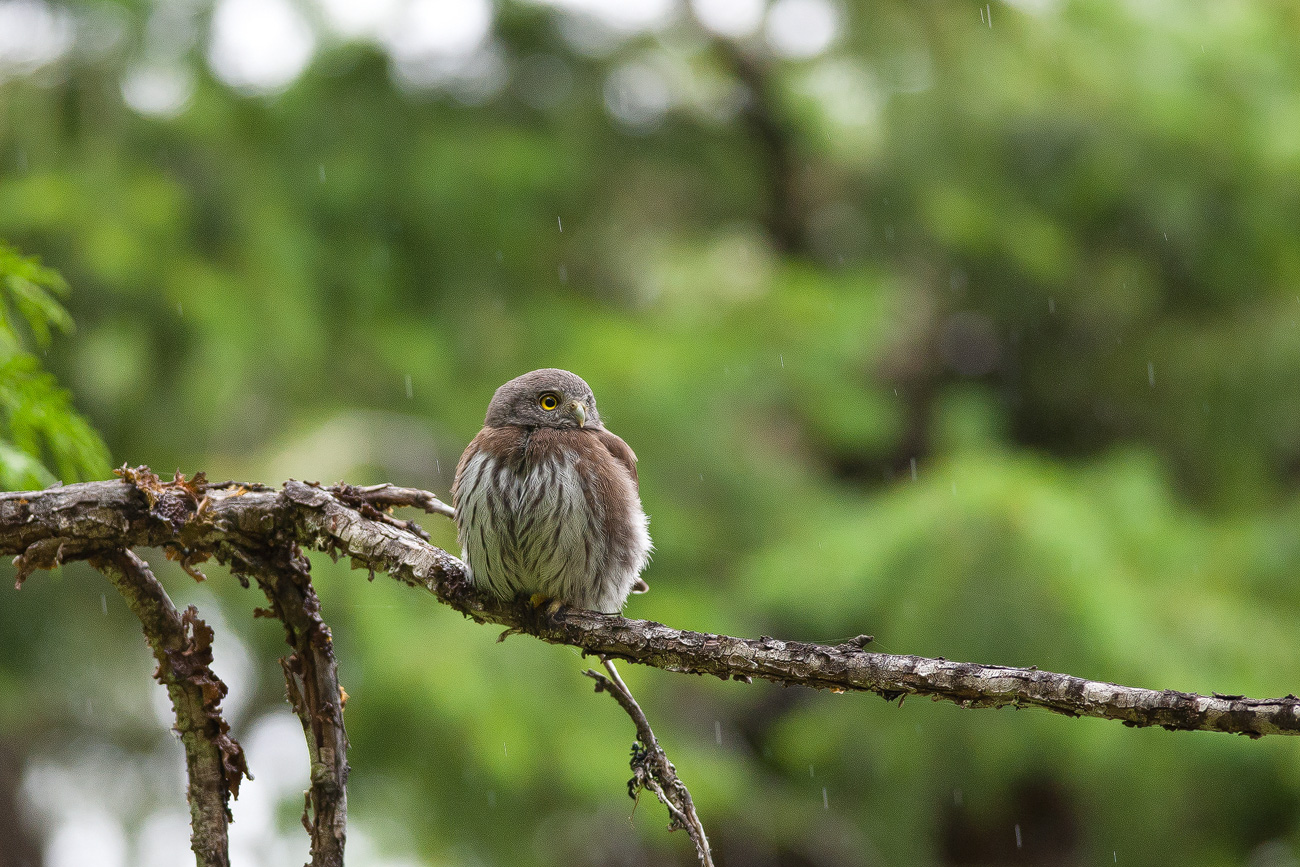Cascadia is the bioregion that stretches along the Pacific Coast and inland to the Continental Divide.

© Andrew Kumler
Cascadia is the bioregion stretching along the Pacific Coast and inland to the Continental Divide. The temperate forest zone of Cascadia’s westside is known for its lush rainforests, steep mountains, roaring rivers, unique fish and wildlife species, and ability to sequester and store vast amounts of carbon from the atmosphere to mitigate climate change.
It is within this portion of the bioregion, and primarily in western Oregon, that Cascadia Wildlands focuses our work. However, species recovery does not follow political boundaries and thus our work often crosses state lines.
The areas where we work in western Oregon encompass the traditional homelands of many unique Indigenous cultures, and are federally recognized today as the Confederated Tribes of Coos, Lower Umpqua and Siuslaw Indians, the Confederated Tribes of Grand Ronde, Confederated Tribes of Siletz Indians, Coquille Indian Tribe, and the Cow Creek Band of Umpqua Tribe of Indians.
Cascadia’s original people were met with violence and sickness by colonizers, and ultimately, dispossessed of nearly all of their lands. Ancient forests that blanketed the region were cut down for lumber and profit, rivers dammed for flood control and power generation, and wild salmon stocks depleted to near extinction. What remains of Cascadia’s legacy mature and old-growth forests, awe-inspiring species, and unique cultures, give us hope and inspires our work every day.


